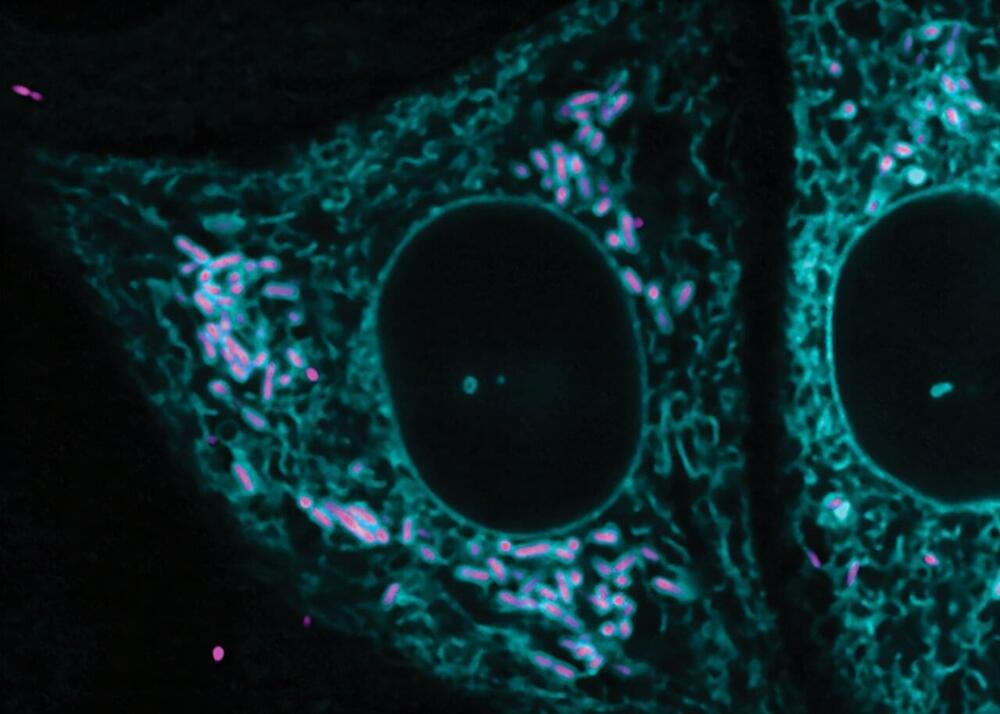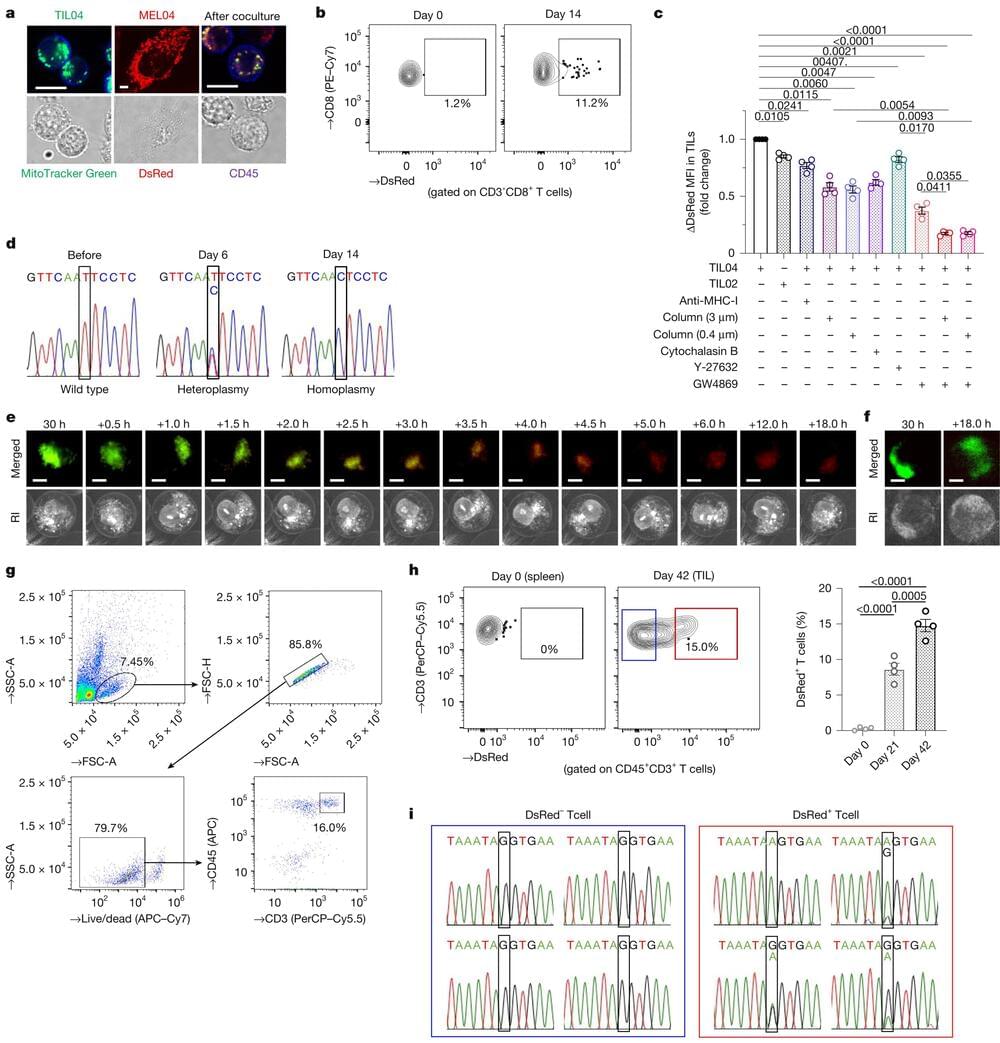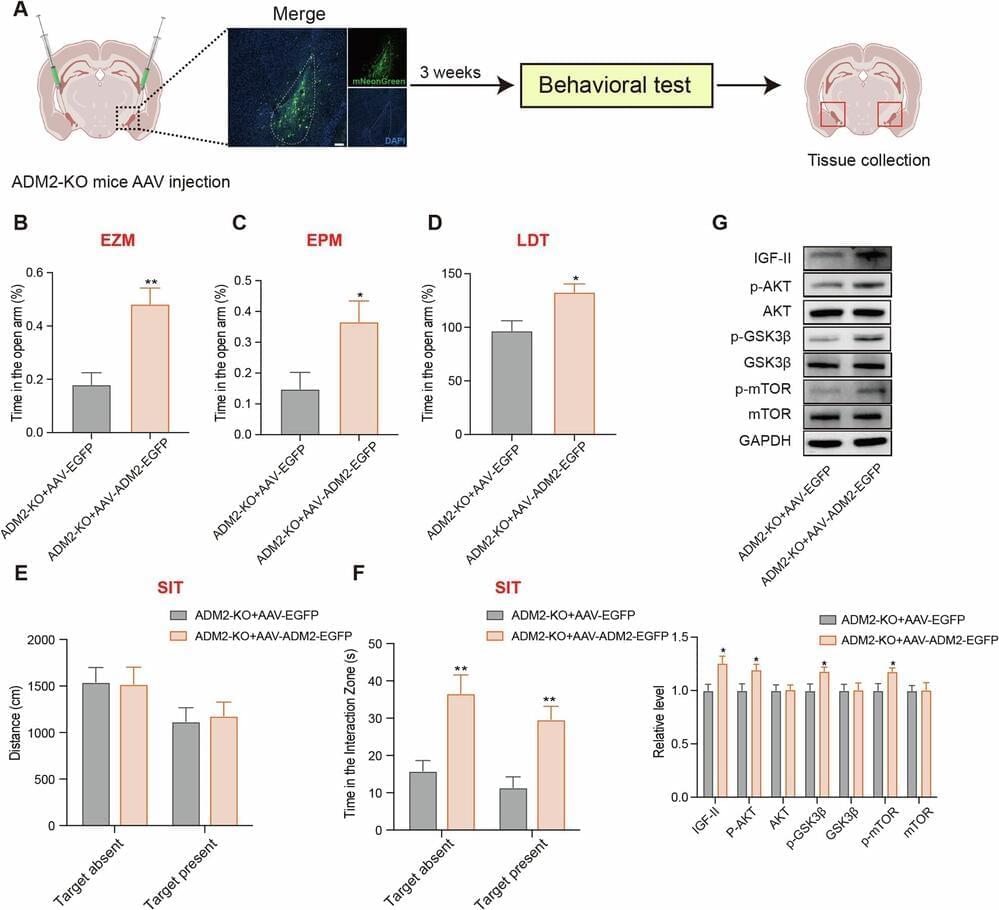Adding bridges to stabilize quantum networks.



A Massive Star’s Unusual Formation Surprise
Astronomers have uncovered an extraordinary discovery in the formation of stars, observing a colossal young star, MM 1a, forming a smaller companion star, MM 1b, instead of planets. Using the Atacama Large Millimeter/submillimeter Array (ALMA), researchers identified MM 1b on the outskirts of MM 1a’s dense disk of dust and gas, a region traditionally associated with planet formation.

In biology textbooks, the endoplasmic reticulum is often portrayed as a distinct, compact organelle near the nucleus, and is commonly known to be responsible for protein trafficking and secretion. In reality, the ER is vast and dynamic, spread throughout the cell and able to establish contact and communication with and between other organelles. These membrane contacts regulate processes as diverse as fat metabolism, sugar metabolism, and immune responses.
Exploring how pathogens manipulate and hijack essential processes to promote their own life cycles can reveal much about fundamental cellular functions and provide insight into viable treatment options for understudied pathogens.
New research from the Lamason Lab in the Department of Biology at MIT recently published in the Journal of Cell Biology has shown that Rickettsia parkeri, a bacterial pathogen that lives freely in the cytosol, can interact in an extensive and stable way with the rough endoplasmic reticulum, forming previously unseen contacts with the organelle.

Unexpected crises or events, such as the COVID-19 pandemic or natural disasters, can cause disruptions to a city’s economy. For instance, forcing businesses to temporarily close or hindering their daily operations. As businesses often rely on each other, changes in the operation of one company can cause ripple effects, like influencing its suppliers, distributors or other businesses it depends on.
To explore the widespread economic impact of shocks and adverse events, past studies primarily examined the proximity between businesses, assuming that businesses are primarily connected to nearby companies or establishments. However, some findings suggest that people’s movements between businesses (i.e., behavior-based dependencies) also contribute to the resilience of cities following economic disruptions.
These dependencies are essentially relationships between businesses shaped by the behavior and habits of shared customers. For example, if a tech company is forced to close its offices, this might impact not only other nearby restaurants, but also gyms or other establishments located in different parts of a city, which some employees typically visit before or after work.

An international team of researchers led by the Strong Correlation Quantum Transport Laboratory of the RIKEN Center for Emergent Matter Science (CEMS) has demonstrated, in a world’s first, an ideal Weyl semimetal, marking a breakthrough in a decade-old problem of quantum materials.
Weyl fermions arise as collective quantum excitations of electrons in crystals. They are predicted to show exotic electromagnetic properties, attracting intense worldwide interest.
However, despite the careful study of thousands of crystals, most Weyl materials to date exhibit electrical conduction governed overwhelmingly by undesired, trivial electrons, obscuring the Weyl fermions. At last, researchers have synthesized a material hosting a single pair of Weyl fermions and no irrelevant electronic states.

Research led by the Chiba Cancer Center Research Institute in Japan has discovered a surprising way cancer evades the immune system. It essentially hacks the immune cells, transferring its own faulty mitochondrial DNA (mtDNA) into the T-cells meant to attack it.
This sneaky move weakens the immune cells, making them less effective at stopping the tumor. The findings could help explain why some cancer treatments, like immunotherapy, are effective for some patients but not others.
In the study, “Immune evasion through mitochondrial transfer in the tumor microenvironment,” published in Nature, the multi-group collaboration looked at how cancer cells interact with tumor-infiltrating lymphocytes, a type of T-cell that typically fights tumors. The research is also featured in a News and Views piece.

Anxiety disorders, characterized by an excessive apprehension about real or perceived threats and dysfunctional behaviors aimed at avoiding these threats, are among the most common mental health conditions. Estimates suggest that around 4% of the world’s population, so a few hundred million people, experiences these disorders, which can have debilitating effects, significantly lowering their quality of life.
While there are currently various treatment options for anxiety disorders, many existing medications do not prove effective for all individuals. Some neuroscientists worldwide have thus been trying to identify new promising neuro-biological targets for relieving anxiety and anxious behaviors.
Recent studies uncovered an association between anxiety disorders and the impaired functioning of the blood-brain barrier (BBB), a protective layer comprised of endothelial cells that regulates the flow of substances between the bloodstream and the brain. However, the precise neural mechanisms underpinning the link between BBB dysfunction and anxiety remain elusive.

A team of international researchers has developed an innovative approach to uncover the secrets of dark matter. In a collaboration between the University of Queensland, Australia, and Germany’s metrology institute (Physikalisch-Technische Bundesanstalt, PTB), the team used data from atomic clocks and cavity-stabilized lasers located far apart in space and time to search for forms of dark matter that would have been invisible in previous searches.
This technique will allow the researchers to detect signals from dark matter models that interact universally with all atoms, an achievement that has eluded traditional experiments.
The team analyzed data from a European network of ultra-stable lasers connected by fiber optic cables (previously reported in a 2022 article), and from the atomic clocks aboard GPS satellites. By comparing precision measurements across vast distances, the analysis became sensitive to subtle effects of oscillating dark matter fields that would otherwise cancel out in conventional setups.

An international team of scientists have discovered that soap could be important to helping our understanding of complex systems in the human body, such as lungs, and improving therapies for conditions such as respiratory distress syndrome.
In the last few years, researchers have found that surfactants—the molecules found in soap—can naturally find its way through a maze using the shortest path, with little penetration into dead ends.
The discovery may sound a little peculiar, but the finding mimics transport processes in complex branching networks found in the human body, such as the lungs. It may hold the key to understanding how liquids, such as certain drugs, travel through these networks, which could help medical scientists find new and more effective therapies.

Computers also make mistakes. These are usually suppressed by technical measures or detected and corrected during the calculation. In quantum computers, this involves some effort, as no copy can be made of an unknown quantum state. This means that the state cannot be saved multiple times during the calculation and an error cannot be detected by comparing these copies.
Inspired by classical computer science, quantum physics has developed a different method in which the quantum information is distributed across several entangled quantum bits and stored redundantly in this way. How this is done is defined in so-called correction codes.
In 2022, a team led by Thomas Monz from the Department of Experimental Physics at the University of Innsbruck and Markus Müller from the Department of Quantum Information at RWTH Aachen and the Peter Grünberg Institute at Forschungszentrum Jülich in Germany implemented a universal set of operations on fault-tolerant quantum bits, demonstrating how an algorithm can be programmed on a quantum computer so that errors can be corrected efficiently.